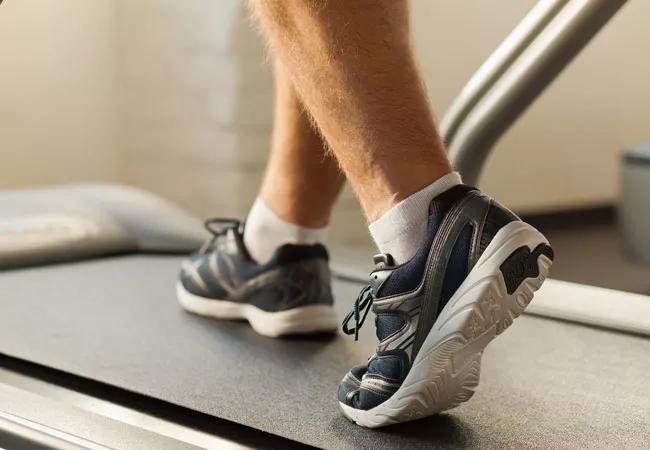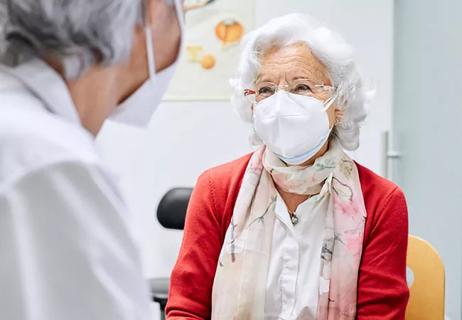Large cohort analysis shows benefits accrue even at extreme fitness levels

Cardiorespiratory fitness is associated with long-term mortality benefits in a dose-response manner that shows no upper limit, according to a large retrospective cohort study in adults undergoing exercise treadmill testing. Cleveland Clinic researchers published the findings in JAMA Network Open on Oct. 19, 2018.
Cleveland Clinic is a non-profit academic medical center. Advertising on our site helps support our mission. We do not endorse non-Cleveland Clinic products or services. Policy
“We found that extremely high aerobic fitness was associated with the greatest survival and that this benefit extended to individuals aged 70 or older and to people with hypertension,” says Cleveland Clinic cardiologist Wael Jaber, MD, the paper’s senior author. “These results underscore the importance of aerobic fitness to overall health, including its importance relative to traditional clinical risk factors.”
The authors note that while the cardiovascular and noncardiovascular benefits of cardiorespiratory fitness are well documented, some recent studies have yielded evidence of adverse cardiovascular effects of habitual vigorous exercise. Many such studies have been limited by reliance on self-reported data.
“In our analysis, we were interested particularly in the relationship between extremely high fitness and mortality,” says the study’s first author, Kyle Mandsager, MD, an electrophysiology fellow at Cleveland Clinic. “This relationship had never been looked at using an objective fitness measure like treadmill test results, and it had never been studied at such a large scale.”
The scale he refers to is a cohort of 122,007 consecutive adults (mean age, 53.4 years) referred for symptom-limited exercise treadmill testing at Cleveland Clinic from 1991 through 2014. Median follow-up was 8.4 years, yielding 1.1 million person-years of observation.
Based on their treadmill test results, patients were stratified by age- and sex-matched cardiorespiratory fitness levels into five performance groups:
Risk-adjusted all-cause mortality — the primary outcome measure — was found to be inversely proportional to cardiorespiratory fitness, with statistically significant differences between each increment in fitness level.
Among other notable findings:
“These findings illustrate the importance of aerobic fitness as a powerful, modifiable indicator of long-term mortality,” says Dr. Jaber. “Overall, increases in fitness were associated with reductions in all-cause mortality at any level, with no evidence of a plateau effect.”
“Achieving very high levels of aerobic fitness may be especially valuable in patients aged 70 or older and in those with hypertension, as elite fitness conferred significant benefits over even a high level of fitness in these subgroups,” adds Dr. Mandsager.
While acknowledging the limitations of this study’s retrospective nature, the investigators note that their findings are bolstered by its objective testing measure. “This is, to our knowledge, the largest cohort study of long-term mortality among patients undergoing exercise treadmill testing,” Dr. Mandsager observes.
Together with concordant results from previous studies, these findings can help patients feel empowered, says Leslie Cho, MD, Cleveland Clinic’s Section Head of Preventive Cardiology and Rehabilitation. “In consultation with their physician, individuals should aim to maintain the highest exercise performance they can regardless of age, sex or prior history of heart disease,” she concludes.

Pilot study confirms feasibility of conducting additional research on the novel treatment

Longer hospitalization does not mean a safer, faster recovery for patients age 70+

Structured data helps identify older adults at risk for poor outcomes, defines patients who require more comprehensive assessments

Self-administered tool can be completed in 10 minutes in waiting room

Social prescribing turns leisure activities into good “medicine”

A large geriatric study aims to find the answers

Analysis underscores how telehealth can help pinpoint elder abuse